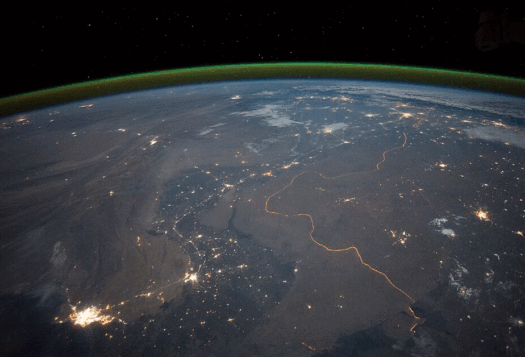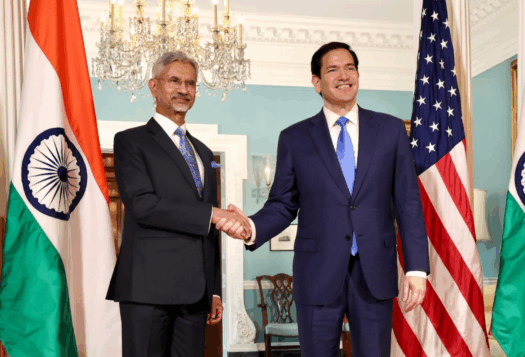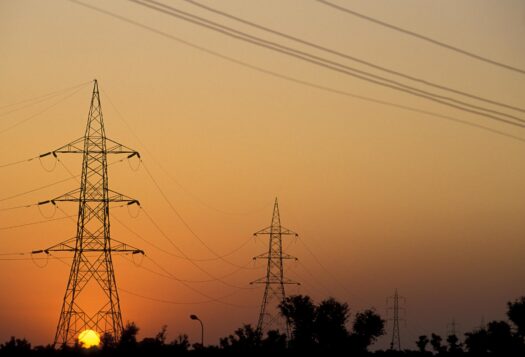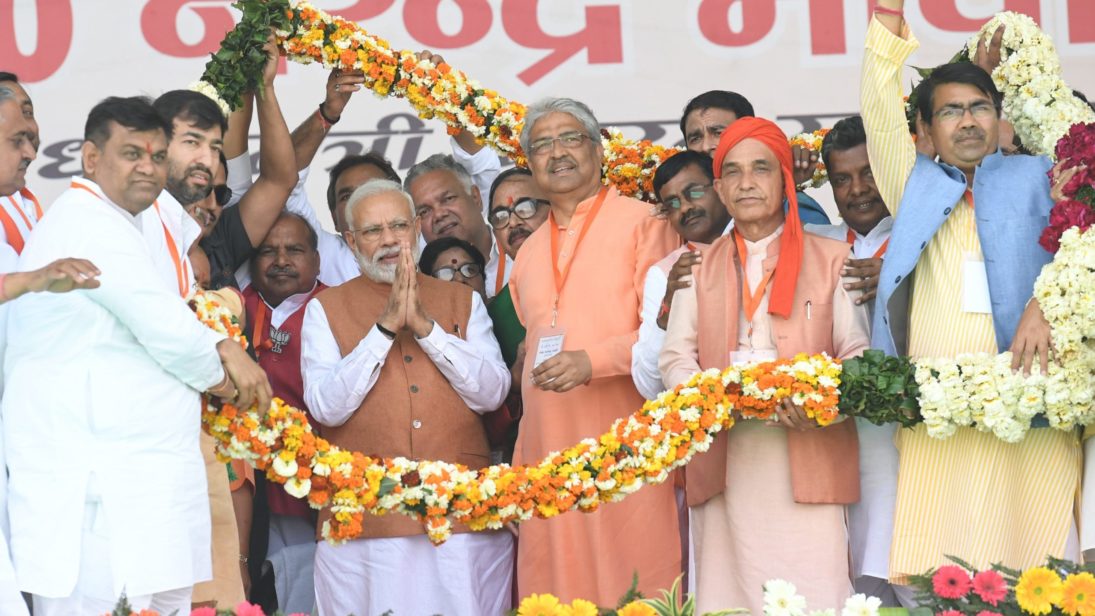
India-Pakistan relations, under the Imran Khan government in Pakistan and the Modi 2.0 government in India, are arguably at the lowest point in their bilateral relationship in this decade. The downward spiral began in 2016, after a series of terrorist incidents targeting India’s civilian and military assets and unrest in Kashmir managed to derail political relations between the two countries. Ceasefire violations along the Line of Control (LOC) have since spiked into four digits, increasing every year.
Against the background of heightened political and military tensions, the bilateral relationship has seen a further collapse in 2018 and 2019 as cross-border trade relations have been suspended and official channels of communication between the two governments remain shut. Diplomatic relations deteriorated further in August 2019 after Pakistan’s expulsion of the Indian high commissioner to protest the Indian government’s effective abrogation of Jammu and Kashmir’s special status. The international community too, currently, shows little appetite for mediation in an India-Pakistan crisis.
From one New Government to Another: India-Pakistan relations under the Imran Khan government
In 2018, Indo-Pak relations continued to traverse a tense political and military climate, even as the newly-elected, army-backed PTI government and Prime Minister Imran Khan sought a breakthrough in the form of dialogue and the opening of the Kartarpur route, a long-held request of the Indian Sikh community. The Modi 1.0 government took a more cautious stance, ahead of the approaching election-phase in India, and refrained from making overtures of its own toward Pakistan. The corridor moved ahead on schedule; however, the Indian side refused to resume formal talks with Pakistan. If a breakthrough in India-Pakistan relations was anticipated after the Indian elections in mid-2019, that eventuality was pre-empted by the crisis in February this year.
If a breakthrough in India-Pakistan relations was anticipated after the Indian elections in mid-2019, that eventuality was pre-empted by the crisis in February this year.
The Pulwama-Balakot crisis set the tone of the bilateral relationship in more ways than one. The Pulwama attack not only lent further weight to India’s accusation of cross-border terrorism emanating from Pakistan’s territory but questioned the Imran Khan government’s commitment and capacity to keep in check anti-India groups supported by the deep-state in Pakistan. In India, the Bharatiya Janata Party (BJP) cashed in domestically on the crisis with its “anti-Pakistan” and “decisive leadership” rhetoric which, post-poll studies now show, played an influential role in securing the Modi government a second term. The Balakot airstrikes also reiterated Indian willingness to retaliate militarily to major incidents of terrorism designed and launched by groups based in Pakistan.
While a full assessment of the Balakot airstrikes is still pending, the episode underscores the shift in the regional balance of power in South Asia, in India’s favor: India, the status-quo larger power challenging the nuclear deterrence of the smaller revisionist power, Pakistan. What the Modi 2.0 government seems to have learnt from the February crisis is that, with domestic support for its actions and negligible international intervention, it is now in a position to assert its terms and conditions for the resumption of dialogue with the Government of Pakistan. This way, the Modi 2.0 government has been able to retain its slogan of “terror and talks cannot go together.”
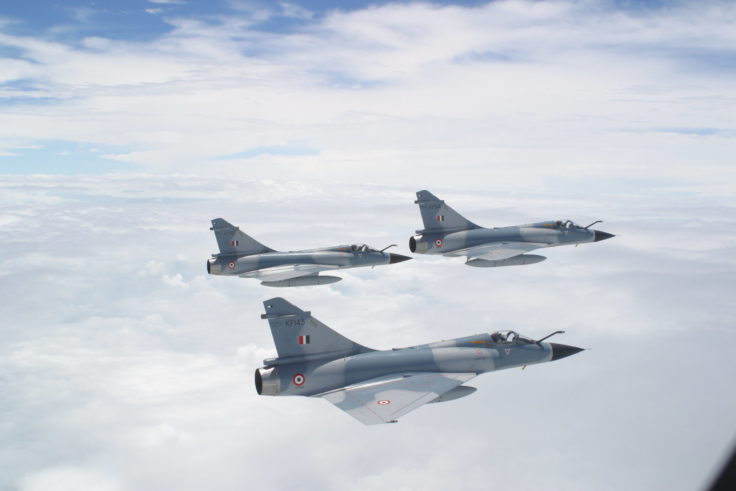
India-Pakistan Relations under Modi 2.0
The events of 2019 vis-à-vis India-Pakistan relations have visibly not gone in Prime Minister Imran Khan’s favor. The toughest political response that his government managed in the aftermath of the Balakot airstrikes was closing down Pakistani airspace to India for over four months, even at the cost of financial losses to Pakistan. From May to July 2019, several of Khan’s offers for reopening bilateral talks were rejected by India. Pakistan also faced international setbacks at the Financial Action Task Force on Money Laundering (FATF) and the International Court of Justice (ICJ). To add to these, in August 2019, the United States cut financial aid to Pakistan by USD $440 million under the Pakistan Enhanced Partnership Agreement (PEPA), adding to aid cut the year before due to stated concerns over Pakistan’s failure to combat terrorism. In a marked diplomatic victory for India, the Acting Assistant Secretary for South and Central Asia, Alice Wells, told the U.S. House Foreign Affairs Committee in October 2019 that the Trump administration considers Pakistan’s support to cross-border terrorist groups as the “chief obstacle” to the reduction of tensions between India and Pakistan through dialogue.
In one of the few successes for India-Pakistan bilateral relations, the two countries inaugurated the visa-free Kartarpur Corridor on 8 November 2019, allowing India’s Sikh community to travel from Gurdaspur to the holy shrine, Gurudwara Sri Kartarpur Sahib in Pakistan’s Narowal district in celebration of the 550th birth anniversary of Guru Nanak Dev. The Kartarpur initiative withstood the test of difficult bilateral relations throughout 2019 and has proved to be an instance of successful para-diplomacy or sub-national diplomacy between India and Pakistan. The Kartarpur Corridor initiative enjoyed wide political support in Pakistan, as Prime Minister Khan sought to salvage Pakistan’s and his own international image while wading through an ongoing economic crisis. The Modi government, however, has been careful not to project Kartarpur as a political confidence-building measure (CBM) between the two countries. This is especially because the corridor entails cross-border security challenges for both countries; the Indian government is particularly concerned about the scope of radicalization in Punjab through a resurgent Khalistan movement with support from agencies in Pakistan.
Expectations in 2020
The new governments in India and Pakistan still harbor deep mistrust toward each other. In India, the Imran Khan government is understood to be functioning through the patronage of the country’s powerful army and ISI. The Modi government doubts Khan’s ability to take decisions vis-à-vis India that do not serve the Pakistani Army’s interests. On the other hand, in Pakistan, the Modi government is seen as a Hindu right-wing majoritarian power with hegemonic ambitions in South Asia, a rhetoric that has been prominently at play in Pakistan’s attempts to internationalize events since the abrogation of Article 370.
Given the developments in 2019 and the shift in the regional balance of power in South Asia, the Modi 2.0 government is unlikely to extend an olive branch to Pakistan on terms and timelines that can be set by the Imran Khan government.
Given the developments in 2019 and the shift in the regional balance of power in South Asia, the Modi 2.0 government is unlikely to extend an olive branch to Pakistan on terms and timelines that can be set by the Imran Khan government. Three factors in particular could play a role in India’s position on Pakistan bilateral relations in the coming year. First, the PTI government’s willingness to show tangible action towards restraining individuals and groups based in Pakistan from inciting violence and acts of terrorism in India. Second, whether the U.S. position on India-Pakistan relations continues to align with the Indian rhetoric of calling out Pakistan on supporting terrorist groups against India. And third, the satisfactory transition of Jammu and Kashmir into separate union territories as per the reorganization act of 2019. For Imran Khan, as the Kartarpur fervor dampens, domestic pressures may also play a role in shaping his government’s stance on relations with India—these pressures may include the urgent need to address the country’s economic crisis without losing the narrative on Kashmir. The Kartarpur episode shows that in the absence of a structured formal dialogue process, even the low-hanging fruits cannot create the necessary confidence and atmosphere for conflict resolution.
***
Image 1: Narendra Modi via Twitter
Image 2: Indian Air Force (cropped)
